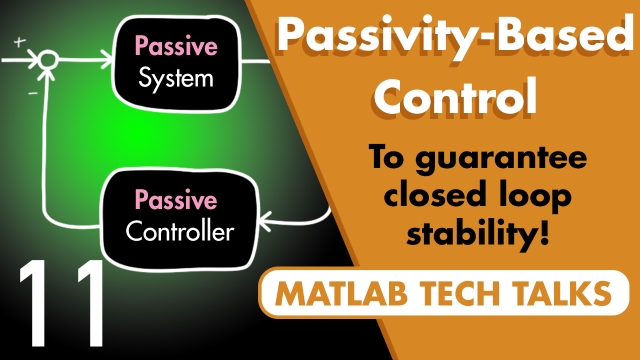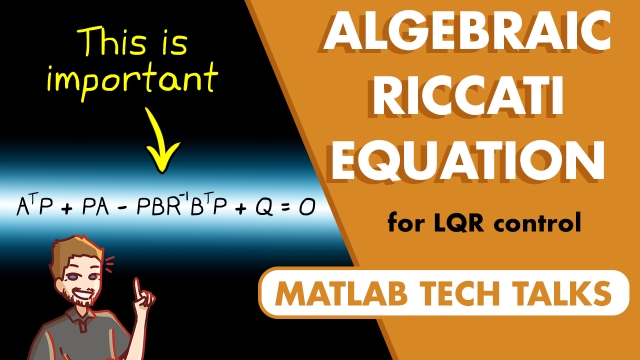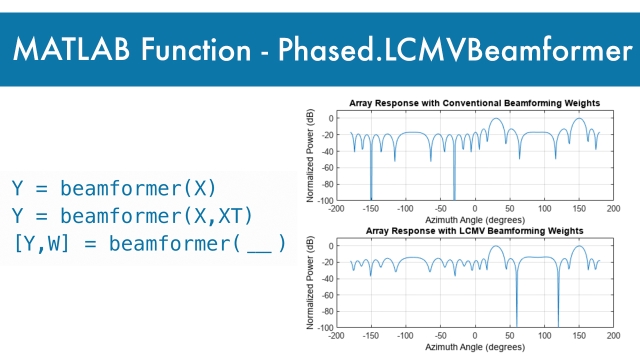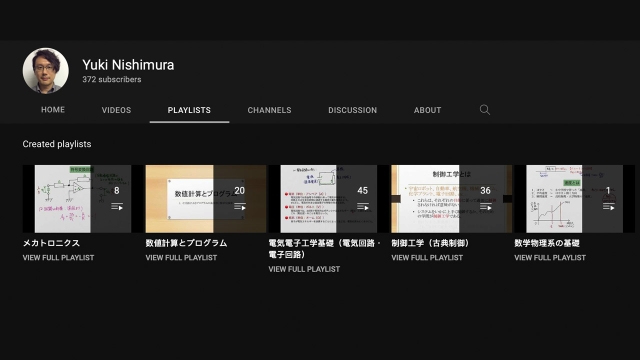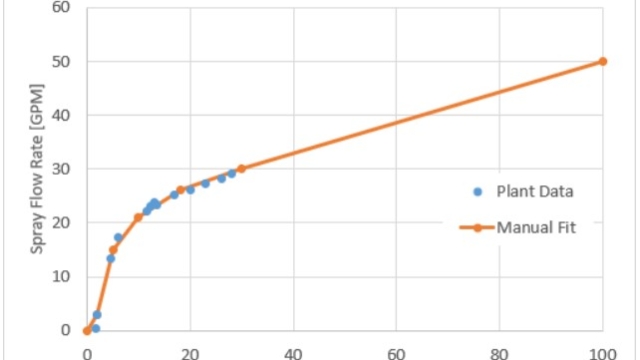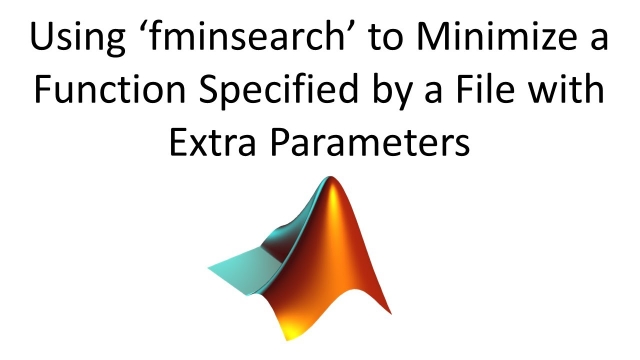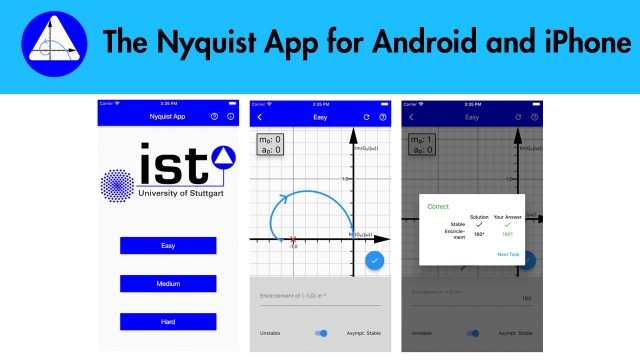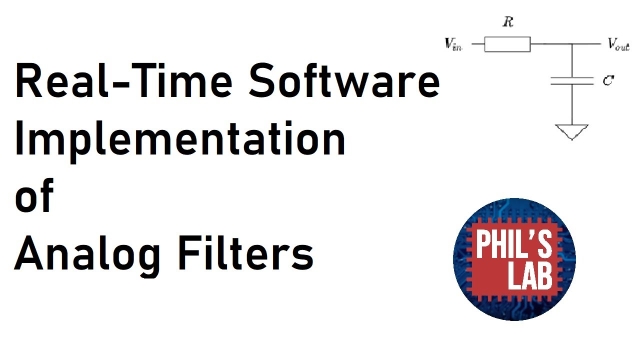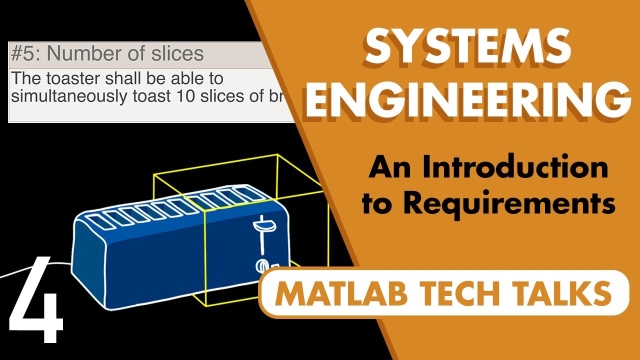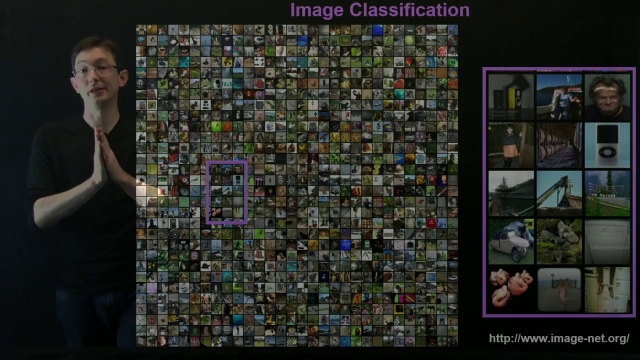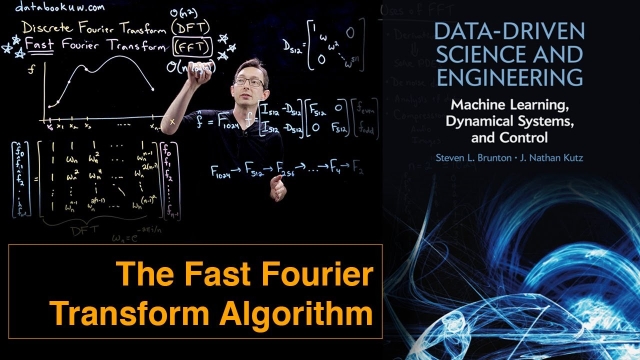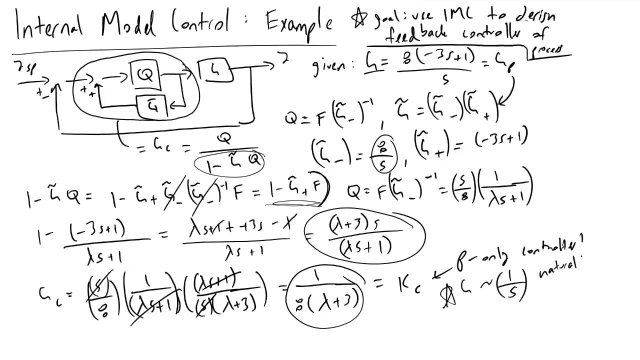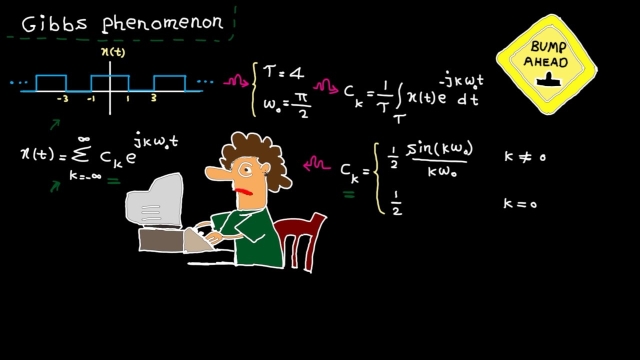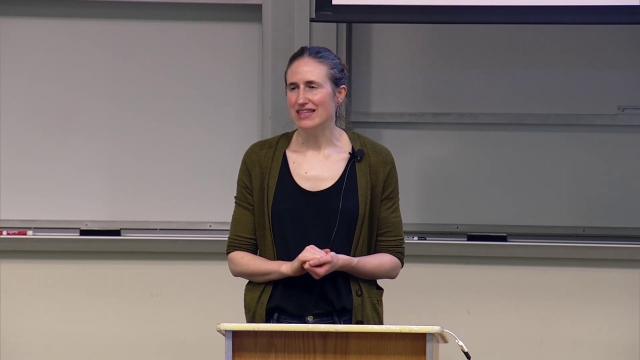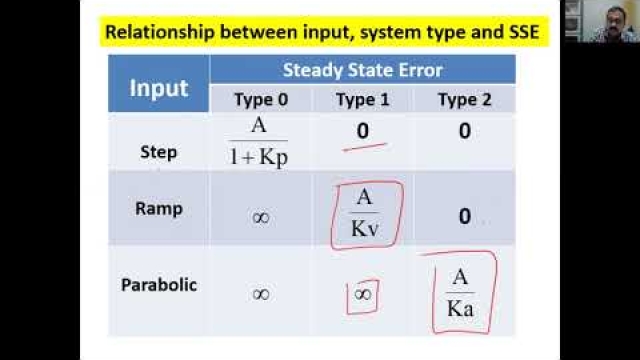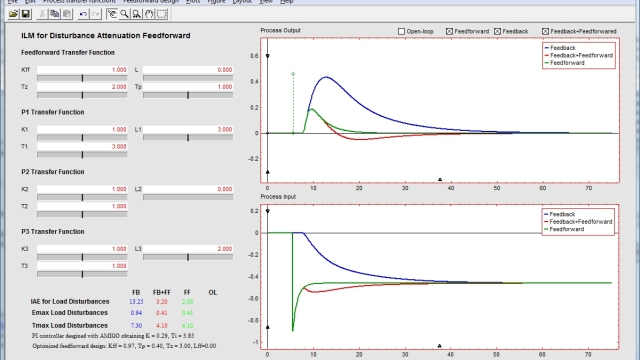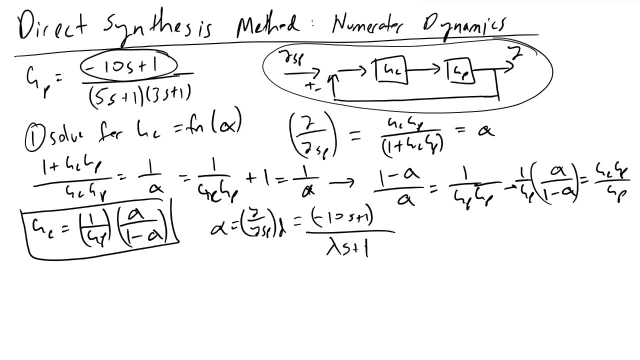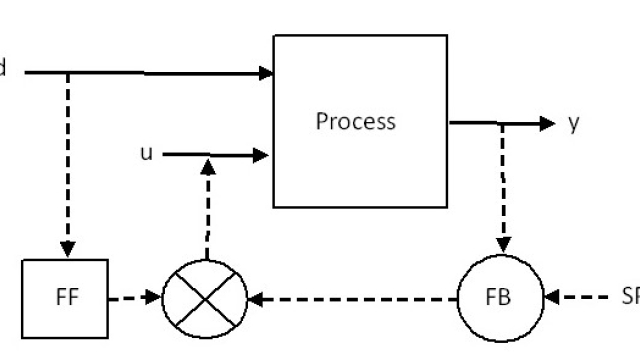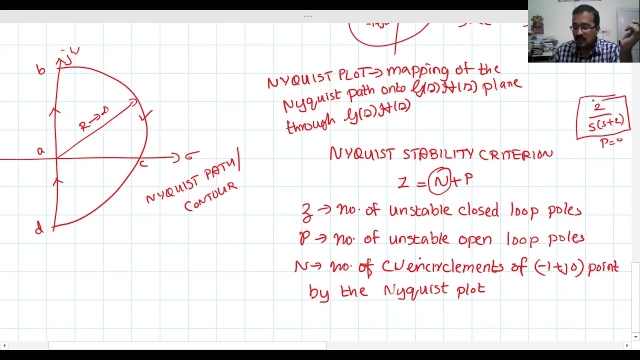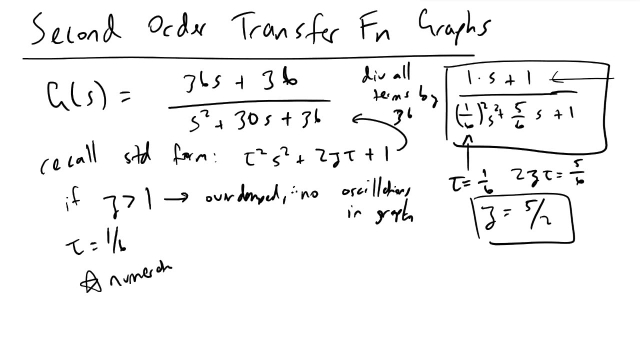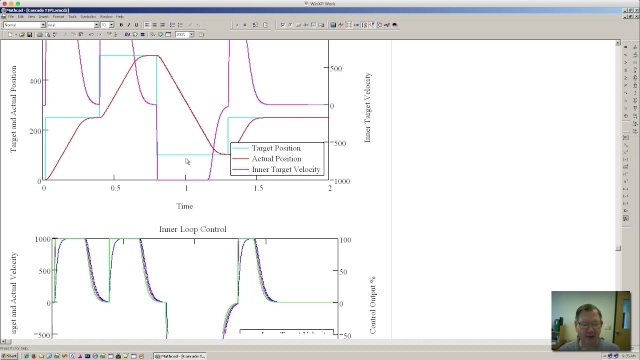
Passivity-Based Control to Guarantee Stability | Control Systems in Practice...
Learn about passivity-based control to guarantee closed-loop stability of feedback systems. Consider different ways to assess the stability of systems other than looking at gain and phase...
See MoreWhy the Riccati Equation Is important for LQR Control
This Tech Talk looks at an optimal controller called linear quadratic regulator, or LQR, and shows why the Riccati equation plays such an important role in solving it efficiently. The talk...
See MoreMATLAB function: phased.LCMVBeamformer
The phased.LCMVBeamformer object implements a narrowband linear-constraint minimum-variance (LCMV) beamformer for a sensor array. The LCMV beamformer belongs to the family of constrained...
See MoreIntroduction to Classic Control Theory (Japanese)
A collection of video lectures by Yuki Nishimura covering an introduction to classic control theory.
See MoreOutput Characterization to Linearize a Loop - Control valve application
This application paper explains how a control valve created nonlinearity in a loop and how output characterization solved the problem
See MoreUsing ‘fminsearch’ to Minimize a Function Specified by a File with Extra Par...
In this video we show 4 different ways to use/call Matlab’s ‘fminsearch’ function to perform unconstrained optimization.Topics and timestamps:0:00 – Introduc...
See MoreAndroid and iPhone E-Learning App for Nyquist Stability Criterion
In our Nyquist App, you can analyze the stability of the closed loop by using the Nyquist stability criterion. With the Nyquist stability criterion, you can determine the stability of the...
See MoreA Hybrid Lab Experience: Blending Hands-on Explorations with the Flexibility...
This case study examines how the Earth and Space Science and Engineering (ESSE) department at York University in Toronto offered a meaningful remote laboratory experience to over 180...
See MoreReal-Time Software Implementation of Analog Filters
Modelling analog filters, discretisation, and implementation of the digitally-equivalent filters on a real-time, embedded system (STM32). Includes theory, DSP, firmware, and results.
See MoreSystems Engineering, Part 4: An Introduction to Requirements
Get an introduction to an important tool in systems engineering: requirements. You'll learn about the three things every requirement must have and what makes a requirement valid. You'll also...
See MoreTCLab: An Inexpensive Experimental Platform for Students to Learn Feedback
The temperature control lab (TCLab) reinforces process feedback control with real data. The TCLab hardware consists of an Arduino® shield that fits onto a standard Arduino Leonardo...
See MoreMachine Learning: What is easy, medium, and hard?
This video gives a brief overview of what is easy, medium, and hard in machine learning, explored through case studies. Progress in machine learning is rapidly advancing, and changing the...
See MorePython Control Systems Library
The python-control package is a set of python classes and functions that implement common operations for the analysis and design of feedback control systems. The initial goal is to implement...
See MoreThe Fast Fourier Transform Algorithm
Here I discuss the Fast Fourier Transform (FFT) algorithm, one of the most important algorithms of all time.
See MoreInternal Model Control Example Problem
I walk through how to design a feedback controller based on a given process transfer function, using Internal Model Control.
See MoreFrequency domain – tutorial 4: Gibbs phenomenon
In this video, we quickly review the Gibbs phenomenon which involves two facts:1) Fourier sums overshoot at a jump discontinuity2) overshoot does not disapp...
See MoreStanford CS234: Reinforcement Learning | Winter 2019 | Lecture 15 - Batch Re...
Professor Emma Brunskill
Assistant Professor, Computer Science
Stanford AI for Human Impact Lab
Stanford Artificial Intelligence Lab
Statistical Machine Learning Group
Lecture 12: Steady state error
An interactive feedforward tool for FeedForward Control
This interactive software tool is focused on basic and advanced concepts of feedforward control.
See MoreDirect Synthesis Method Numerator Dynamics Problem
I walk through how to design a PID feedback controller when given a second order process with numerator dynamics, using the Direct Synthesis Method.
See MoreFeedforward Control
When and how to use feedforward control
See MoreLecture 26: Stability examples, GM and PM using Nyquist Stability Criterion
PID Control with Posicast, 9 - (In English)
This is part III of PID control with Posicast
See MorePredicting Second Order Transfer Function Behavior
Given a second order transfer function, I'll cover how we can predict the system behavior and derive the appropriate time constants and damping coefficient.
See MorePeter Ponders PID - Cascade Control Part2
The inner loop pole locations and gains are calculated first so the inner loop pole locations are determined by the user. The outer loop poles are still pla...
See More
